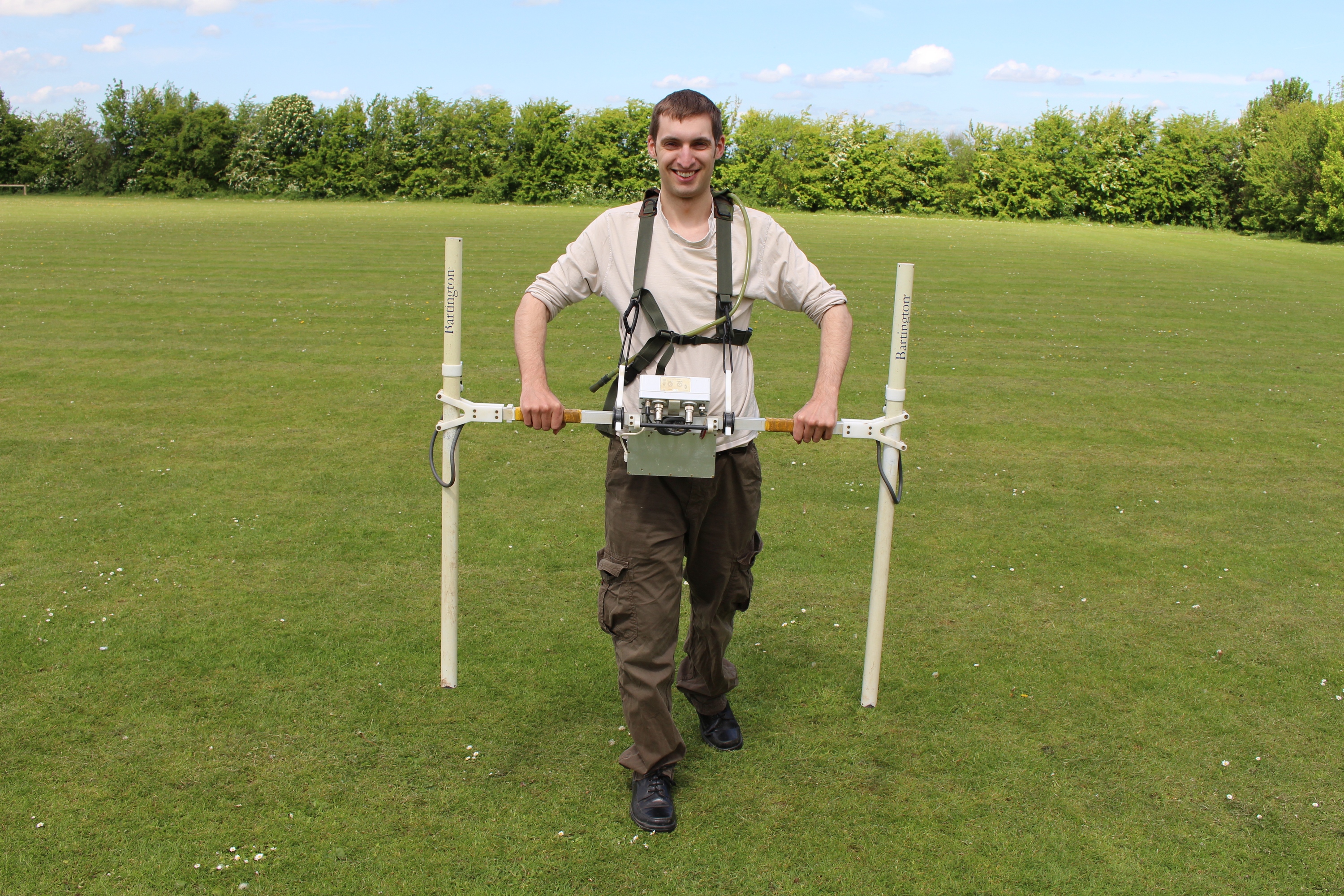All Categories
Featured
Table of Contents
Geophysical Survey in Kalamunda Western Australia 2022
Time piece from 23 to 25ns. This last piece is now almost all blank, but a few of the walls are still showing highly.
How deep are these pieces? Unfortunately, the software application I have access to makes estimating the depth a little challenging. If, nevertheless, the top 3 slices represent the ploughsoil, which is most likely about 30cm think, I would guess that each piece has to do with 10cm and we are just getting down about 80cm in total.

Thankfully for us, the majority of the websites we are interested in lie just listed below the plough zone, so it'll do! How does this compare to the other methods? Contrast of the Earth Resistance information (top left), the magnetometry (bottom left), the 1517ns time piece (top right) and the 1921ns time slice (bottom left).
What Is A Seismic Survey? in Hovea WA 2022
Magnetometry, as gone over above, is a passive method measuring regional variations in magnetism versus a localised absolutely no worth. Magnetic vulnerability survey is an active technique: it is a procedure of how magnetic a sample of sediment might be in the existence of a magnetic field. How much soil is checked depends on the size of the test coil: it can be really little or it can be reasonably big.
The sensing unit in this case is very little and samples a tiny sample of soil. The Bartington magnetic susceptibility meter with a large "field coil" in usage at Verulamium during the course in 2013. Top soil will be magnetically enhanced compared to subsoils simply due to natural oxidation and reduction.
By measuring magnetic susceptibility at a relatively coarse scale, we can discover areas of human occupation and middens. We do not have access to a dependable mag sus meter, however Jarrod Burks (who helped teach at the course in 2013) has some outstanding examples. One of which is the Wildcat website in Ohio.
An Assessment Of Geophysical Survey Techniques For ... in Midland Western Australia 2021
These villages are often laid out around a central open area or plaza, such as this reconstructed example at Sunwatch, Dayton, Ohio. Sunwatch Town, Dayton, Ohio (picture: Jarrod Burks). At the Wildcat website, the magnetometer study had located a variety of features and houses. The magnetic susceptibility study assisted, however, define the primary area of profession and midden which surrounded the more open area.
Jarrod Burks' magnetic susceptibility survey results from the Wildcat site, Ohio. Red is high, blue is low. The method is for that reason of fantastic use in defining areas of basic occupation rather than identifying specific functions.
Geophysical surveying is an applied branch of geophysics, which uses seismic, gravitational, magnetic, electrical and electromagnetic physical methodologies at the Earth's surface to determine the physical homes of the subsurface - Geophysical Methods in Hillarys Australia 2023. Geophysical surveying approaches normally determine these geophysical residential or commercial properties in addition to anomalies in order to evaluate different subsurface conditions such as the existence of groundwater, bedrock, minerals, oil and gas, geothermal resources, voids and cavities, and a lot more.
Latest Posts
Geophysical Survey Methods in Western Australia 2021
Geophysicist Salary in Wembley Downs Aus 2021
Bsc Geophysics in Safety Bay WA 2023